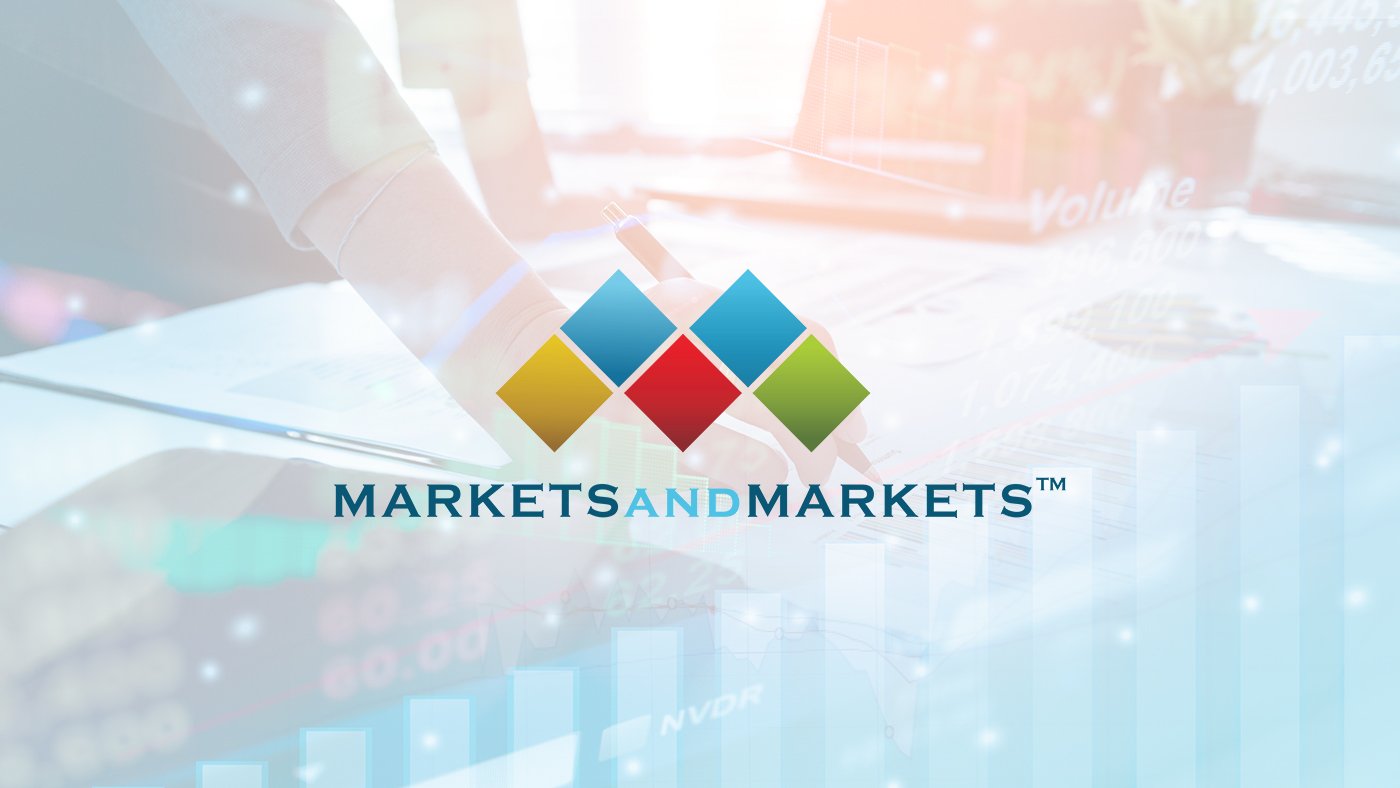Overview of This Study:
This study involved four major activities in estimating the current size of the neurovascular devices market. Exhaustive secondary research was done to collect information on the market, peer market, and parent market. The next step was to validate these findings, assumptions, and market sizing with industry experts across the value chain through primary research. Both top-down and bottom-up approaches were used to estimate the total market size. After that, the market breakdown and data triangulation were done to determine the market size of the segments and sub-segments.
Market Size Estimation:
Both top-down and bottom-up approaches have been used to estimate and validate the size of the interventional neurology market and its dependent submarkets. These methods were also used extensively to determine the extent of various sub-segments in the market.
Projected Growth in Revenue Generation:
The neurovascular devices market size is expected to grow from an estimated USD 2.5 billion in 2021 to USD 3.8 billion by 2026, at a CAGR of 8.6%.
Major Growth Driving Factors:
Expansion of healthcare infrastructure across the emerging markets, growing adoption of novel neurovascular devices, and greater research in the field of neurovascular therapies are high growth prospects for the interventional neurology market during the forecast period.
Download PDF Brochure@
https://www.marketsandmarkets.com/pdfdownloadNew.asp?id=847
The aneurysm coiling & embolization devices segment is expected account for the largest share of the neurovascular devices/interventional neurology market during the forecast period.
On the basis of product, the neurovascular devices market is segmented into aneurysm coiling & embolization devices, cerebral balloon angioplasty & stenting systems, support devices, and neuro thrombectomy devices. The aneurysm coiling & embolization devices product segment, by type, is further segmented into embolic coils, flow diversion devices, and liquid embolic agents. The aneurysm coiling & embolization devices segment is estimated to account for the largest share of the interventional neurology market, by product, in 2021, owing to growing end-user preference for minimally invasive neurosurgical procedures and increasing market availability of embolic coils for neurovascular treatment.
The ambulatory care centers segment is expected to grow at the highest CAGR during the forecast period.
Based on end-user, the neurovascular devices market has been segmented into hospitals & surgical centers, ambulatory care centers, and research laboratories, and academic institutes. As of 2020, hospitals & surgical centers are estimated to account for the largest share of the global interventional neurology market in 2021, while ambulatory care centers are projected to register the highest CAGR during the forecast period.
Growing patient preference for minimally invasive medical procedures, rising number of ambulatory surgery centers across developed countries, along with the ease of scheduling, the focused clinical staff, the improved productivity, and the increased safety, and efficacy of these centers, are the major factors that are expected to drive the growth of this end-user segment in the coming years.
North America is expected to be the largest market during the forecast period.
North America is estimated to be the largest market for neurovascular devices during the forecast period. The interventional neurology market in North America is driven primarily by factors such as the significant disease burden, increased number of minimally invasive neurology procedures, and continued expansion of trauma/emergency care facilities in US.
Request Sample Pages@
https://www.marketsandmarkets.com/requestsampleNew.asp?id=847
Key Market Players:
The major players in the neurovascular devices market are Johnson & Johnson (US), Medtronic PLC, Stryker Corporation (US), Terumo Corporation (Japan), Penumbra, Inc. (US), MicroPort Scientific Corporation (China), Kaneka Corp. (Japan), Integer Holdings Corporation, BALT (France), Perflow Medical, Phenox GmbH (Germany), Sensome (France), Evasc (Canada), Rapid Medical (Israel), Asahi Intecc Co. Ltd (Japan), Acandis GmbH (Germany), Medikit Co. Ltd (Japan), Imperative Care (US), Lepu Medical (China), and Cerus Endovascular (US), among others.

Global Neurovascular Devices Market to Experience Steady Growth Rate During Forecast Period

